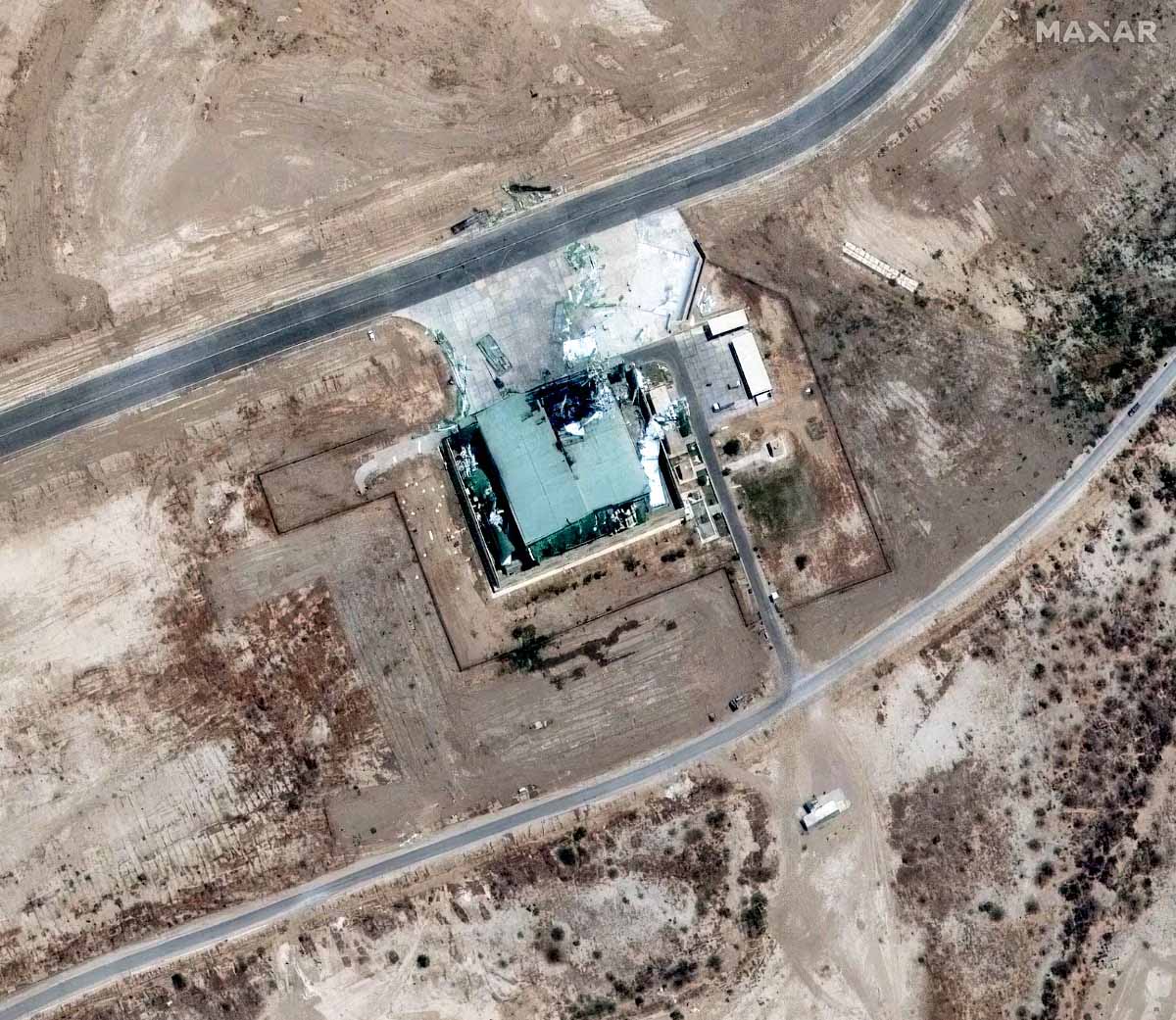Recent Indian airstrikes on Pakistan inflicted substantial damage on six airfields, marking one of the most significant cross-border military operations in decades of India-Pakistan tensions.
Satellite imagery and video analysis confirm the destruction of three aircraft hangars, damage to two runways, and the obliteration of two mobile air force structures. Some of the targeted sites were located up to 100 miles inside Pakistani territory.
Security analysts described the strikes as the most extensive Indian aerial offensive on Pakistani military infrastructure since the 1971 war. Walter Ladwig, a South Asia security expert at King’s College London, said the operation focused on degrading high-value assets to weaken Pakistan’s air capabilities. Geospatial analyst William Goodhind noted the strikes were precision attacks aimed at disrupting both offensive and defensive operations. Jeffrey Lewis, director of the East Asia nonproliferation program at Middlebury College, said the airbases were damaged, but not rendered inoperable.
India reported striking 11 targets, including the six verified in the satellite assessment. Officials in New Delhi characterised the mission as “measured” and “calibrated.”
Pakistan’s military confirmed that five military bases and one civilian airport had been hit. Lt. Gen. Ahmed Sharif Chaudhry, the military’s chief spokesperson, said most incoming missiles were intercepted, though a few breached air defences. He reported six fatalities among air force personnel and minor damage to one aircraft.
Christopher Clary, a professor at the University at Albany, said the available evidence indicates India inflicted “meaningful — though not devastating — damage” on several air force facilities in eastern Pakistan.
Pakistan responded with counterstrikes, claiming it had hit military targets in Indian-administered Kashmir and Punjab. Indian authorities either denied the reports or declined to comment. Islamabad also said it shot down five Indian warplanes during the initial exchange on May 7; independent analysis confirmed at least two Indian fighter jets crashed.
The rapid escalation raised alarm in Washington, amid fears of a wider conflict between the two nuclear-armed nations. Hostilities were halted within hours following a ceasefire announcement by then-U.S. President Donald Trump.
Indian Prime Minister Narendra Modi later said the country had “paused” its operations but remained prepared to respond again if provoked. He referenced the April 22 bombing in Indian-administered Kashmir that killed 26 civilians. India blamed Pakistan for the attack, while Islamabad denied responsibility and called for an international investigation.
One of the most heavily hit facilities was Nur Khan Airbase in Rawalpindi, a key military transport hub near Pakistan’s nuclear command headquarters. Satellite imagery showed two mobile control centres destroyed, with videos capturing plumes of smoke rising from the site.
Further significant damage was recorded at Bholari and Shahbaz airbases. At Bholari, images showed a 60-foot hole in the roof of a hangar believed to house Saab 2000 surveillance aircraft. It remains unclear if the aircraft were present at the time of the strike. At Shahbaz, a military-only facility, a hangar was punctured by a 100-foot-wide hole, and the control tower was damaged.
At Sukkur Airport—a dual-use civilian and military facility—a hangar collapsed and a radar installation was destroyed. At Mushaf Airbase and Sheikh Zayed International Airport, large craters were visible on runways. Repairs at Mushaf began within 24 hours, based on updated imagery. The military confirmed one fatality at Mushaf and five at Bholari.


































